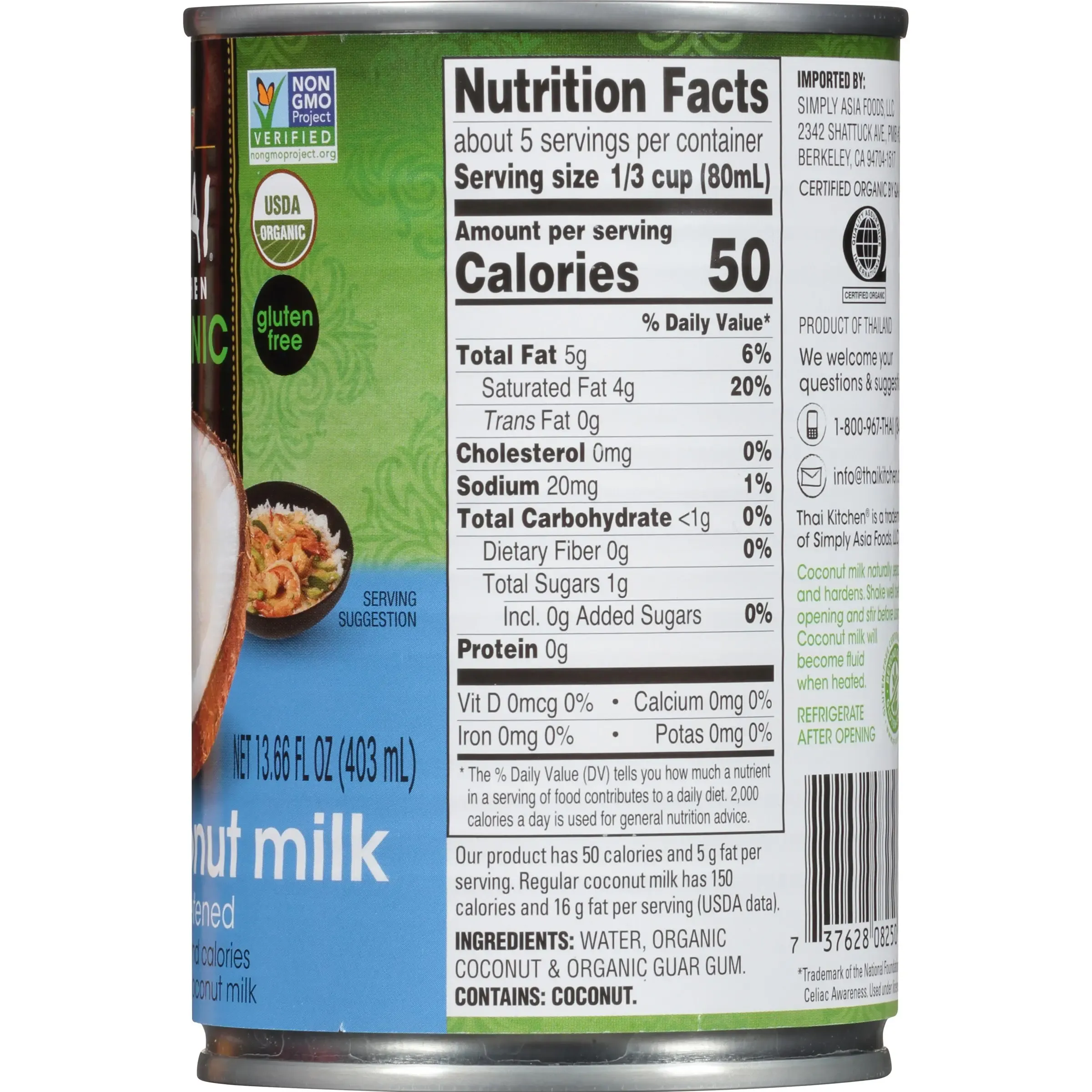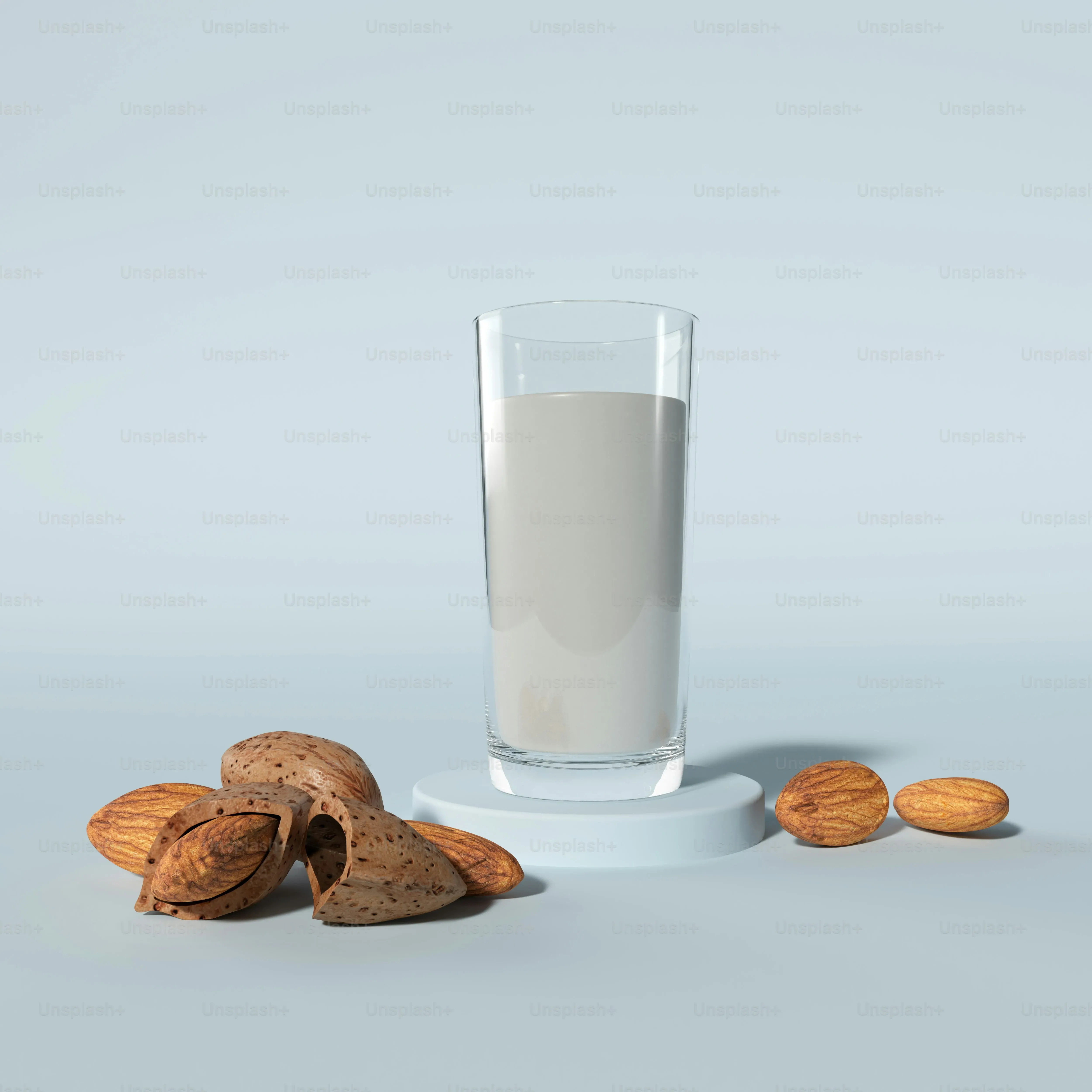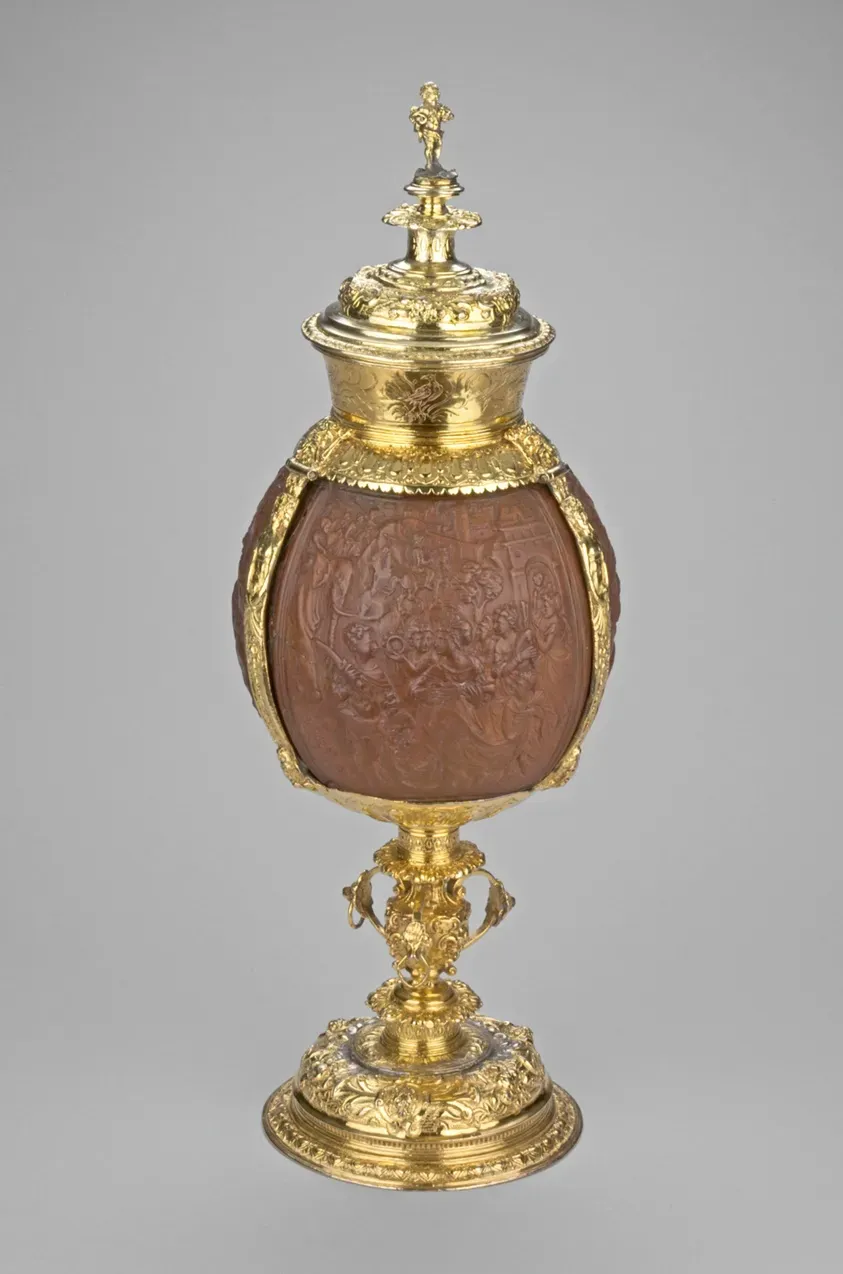Table of Contents
Coconut milk: it’s the creamy, dreamy base for curries, smoothies, and maybe that dairy-free dessert you tried last week. Delicious, right? But the full-fat stuff? Let's be honest, it packs a serious caloric punch. This is where low fat coconut milk steps in, promising that tropical flavor without quite so much baggage. But what's the real deal with low fat coconut milk nutrition? Is it just watered-down regular coconut milk, or does it offer genuine benefits worth considering? We're cutting through the marketing fluff to look at the actual numbers.
What Exactly is Low Fat Coconut Milk?

What Exactly is Low Fat Coconut Milk?
It's Not Just Less Creamy Coconut Milk
let's clear something up right away. When you see "low fat" or "lite" coconut milk on the shelf, it's not some magical, naturally occurring lighter version of the thick, rich stuff you scoop out of a can for a proper curry. Think of it more like this: manufacturers take regular coconut milk, which is essentially shredded coconut meat blended with hot water and strained, and they dilute it. A lot. They add more water to reduce the overall fat content per serving. This process significantly changes the texture and intensity of the flavor compared to its full-fat cousin. So, while it starts with coconut, the end product is a different beast.
How the 'Lite' Version Gets Made
Making the low-fat version is pretty straightforward, if a bit less romantic than imagining coconuts being lovingly pressed. The process typically involves extracting the initial batch of full-fat coconut milk. This is the part where you get that thick layer of cream on top. Then, instead of just canning that rich liquid, they combine a smaller amount of this coconut extract with a larger proportion of water. Sometimes, you'll find thickeners like guar gum added to the low-fat version to give it back some semblance of body, because without it, it can feel quite thin. Check the ingredient list; it often tells the story.
- Regular coconut milk: More coconut extract, less water.
- Low-fat coconut milk: Less coconut extract, more water.
- Often contains added thickeners for texture.
- Significantly lower in fat and calories per serving.
Breaking Down the Low Fat Coconut Milk Nutrition Facts

Breaking Down the Low Fat Coconut Milk Nutrition Facts
Breaking Down the Numbers
Alright, let's get into the nitty-gritty of low fat coconut milk nutrition. The main reason people reach for the "lite" version is the calorie and fat savings, and those are significant. Compared to full-fat coconut milk, which can clock in around 400 calories and 40 grams of fat (a good chunk of that saturated) per cup, the low-fat version typically falls somewhere between 100-200 calories and 10-15 grams of fat per cup. That’s a pretty substantial difference if you’re using a significant amount in a dish or drink. You still get some of the beneficial medium-chain triglycerides (MCTs) found in coconut, but obviously less of them.
The Real Benefits of Low Fat Coconut Milk Nutrition

The Real Benefits of Low Fat Coconut Milk Nutrition
Beyond Just Cutting Fat
so we know the big win for low fat coconut milk nutrition is the calorie and fat reduction compared to its full-fat counterpart. That's the headline, right? But it's not the *only* reason someone might grab a carton. For folks who can't do dairy, it's a readily available plant-based milk alternative that brings a unique flavor profile you just don't get from almond or soy milk. It can add a subtle tropical note to dishes without overpowering them, especially when you don't want the richness of the full-fat version. Plus, it generally contains fewer ingredients than some other alternative milks loaded with stabilizers and sweeteners, assuming you pick a good brand. It's a simpler option for many.
Putting Low Fat Coconut Milk to Use in Your Kitchen

Putting Low Fat Coconut Milk to Use in Your Kitchen
Where Lite Coconut Milk Actually Works
so you’ve got your carton of low fat coconut milk, you know the score on its nutrition profile – less fat, fewer calories, thinner texture. Where do you actually use this stuff without feeling like you’re making sad, watery versions of classic dishes? Think lighter applications. It’s fantastic in smoothies, adding that subtle coconut flavor without turning it into a calorie bomb. Use it in overnight oats or chia puddings for a tropical twist on breakfast. It can also work in some soups, particularly brothy ones like a tom kha gai, where you want flavor but not necessarily the heavy creaminess. I’ve even used it in baking, like in a light coconut cake or muffins, where the structure doesn't rely heavily on the fat content.
Don't Try to Fool a Curry
Now, let's talk about where low fat coconut milk falls flat. Attempting to substitute it cup-for-cup in a rich, traditional Thai curry is usually a mistake. That luxurious texture and depth of flavor in a good curry comes directly from the higher fat content of regular coconut milk. Using the lite version often results in a thin, less satisfying sauce. It just doesn't have the body to coat ingredients properly or provide that signature richness. You might save some calories, sure, but you’ll lose a lot of the intended culinary experience. It's like trying to use skim milk for a béchamel sauce; technically liquid, but fundamentally wrong for the job.
- Good uses: Smoothies, overnight oats, chia pudding, brothy soups, light baked goods.
- Bad uses: Rich curries, creamy sauces, desserts requiring significant fat for texture or flavor.
- Consider thickening it yourself with a cornstarch slurry if needed for slight body.
- Pair it with flavorful ingredients that don't rely on fat for structure.
Getting Creative with Your Low Fat Carton
Beyond the obvious, get a little creative. Need a dairy-free liquid for cooking rice? Use low fat coconut milk for a hint of fragrance. It can be a base for a quick, light pan sauce for chicken or fish – just reduce it down a bit. Whisk it into scrambled eggs for a touch of richness and flavor. Some people even add a splash to their coffee or tea for a non-dairy creamer alternative, though again, expect a much thinner result than cream. Think of it as a flavorful, low-calorie liquid rather than a direct replacement for heavy cream or full-fat coconut milk in every scenario. Its value lies in its specific low fat coconut milk nutrition profile and subtle flavor contribution where heavy fats aren't desired or needed.
The Lowdown on Low Fat Coconut Milk
So, you've looked at the numbers for low fat coconut milk nutrition. It's not a magic bullet, sure, but it's a viable option if you're aiming to cut down on saturated fat and calories compared to its full-fat cousin. You get some of that coconut essence without the full caloric load. It works best when its delicate flavor isn't fighting against overpowering ingredients. Think smoothies, lighter soups, or maybe a less-rich curry. It's a tool in the kitchen, not a miracle food. Use it where it makes sense for your goals and your taste buds, and don't expect it to perform like heavy cream or even regular coconut milk.
